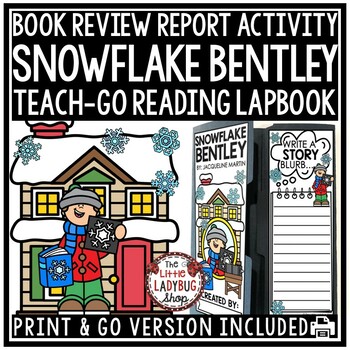Hi everyone! It’s Jennie from JD’s Rockin’ Readers! As you’ve probably heard by now Adventures in
Literacy Land is celebrating its 2nd Birthday! I’m very proud to say that I have been a part
of this blog from the start. I have
gained some great friends over the past couple of years and I am so excited
that we have some new bloggers on board this year!
We are talking about ourselves this
month and what we feel we do well as teachers.
I thought I would talk just a bit about getting down to the nitty gritty
of a Guided Reading Lesson.
I want to share with you today how I teach my Guided Reading Groups in a few short steps.
1. I have an hour block for
centers/guided reading each day. I
follow a mix of Daily 5 and additional centers.
2. I try to meet with 3 groups a
day. It looks something like this:
Monday
|
Tuesday
|
Wednesday
|
Thursday
|
Friday
|
Group 1
Group 2
Group 3
|
Group 1
Group 4
Group 5
|
Group 1
Group 2
Group 3
|
Group 1
Group 4
Group 5
|
Group 1
Group 2
Group 3
|
I like to meet with my lowest group
every day, my low/middle groups 3x a week and then my highest two groups 2x a
week.
3. When I meet with a group, the first
thing that we do is read the book that was read the last time we met. It’s a reread and I will listen in and often
take a running record on one of the students.
I want to make sure that the book is an appropriate instructional level. After they read it, they put it into their
Book Box that they use for Independent/Buddy Reading.
4. Then, we do some sort of word work
skill depending on the level book the students are reading. This only takes about 3-5 minutes. I like to make these very quick.
5. Next, I will do a book introduction
and we will take picture walk. Many
times, I will leave the ending as a “surprise” which then gives them a purpose
to read. We discuss important vocabulary
words and also locate them in the text.
6. Then it’s time to read. This is VERY important. During our lesson, every student reads the
book independently. We don’t do “round
robin” reading. It is imperative that
every student reads the entire book- on their own. I am there to help and intervene when needed
to help them learn independent reading strategies. I listen in as they read it with a whisper
voice.
7. Finally, since they are all reading
at their own pace, they finish at different times. I tell them to read it again until everyone
is finished. Then we will do some sort of quick comprehension skill. After that, I keep the book until
the next time we read.
I recently updated my Guided Reading
Binder. You can check it out by clicking on the picture! I use Velcro for the student names so that I
can easily change my groups around when I need to!
You may also be interested in...

















































